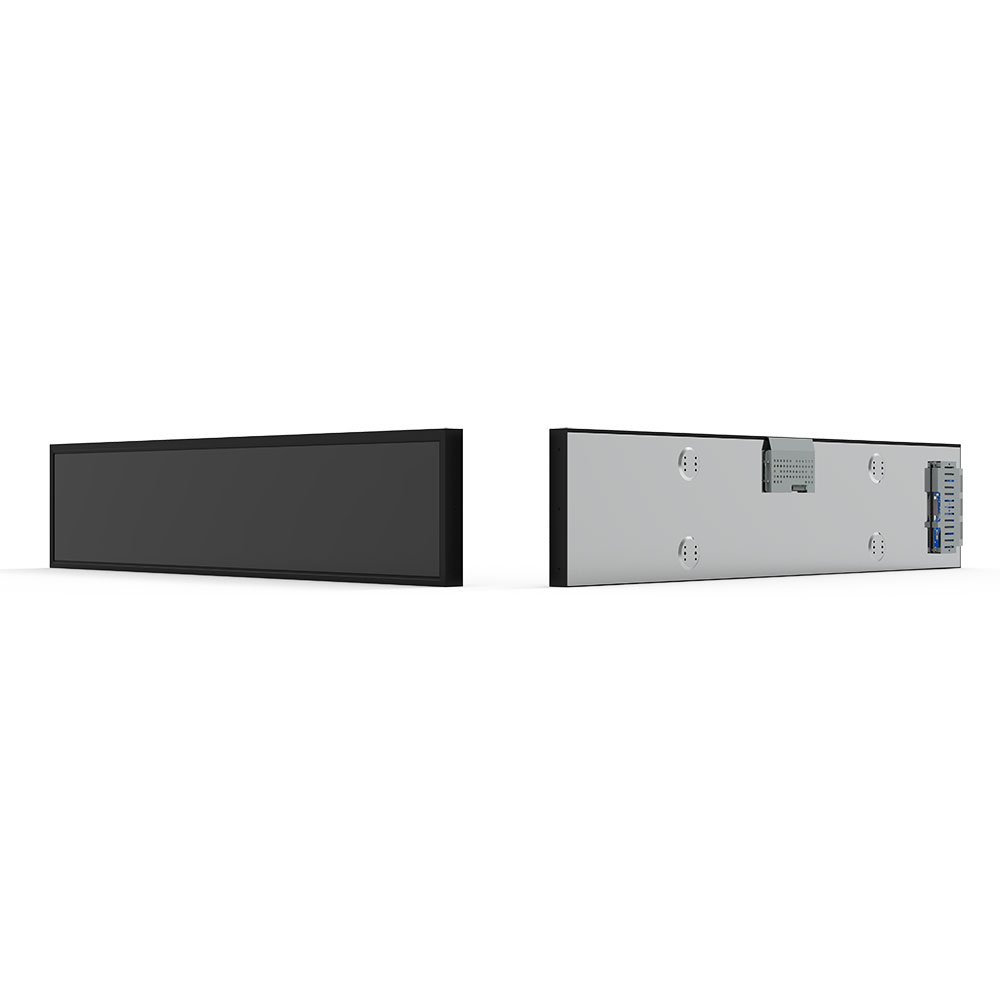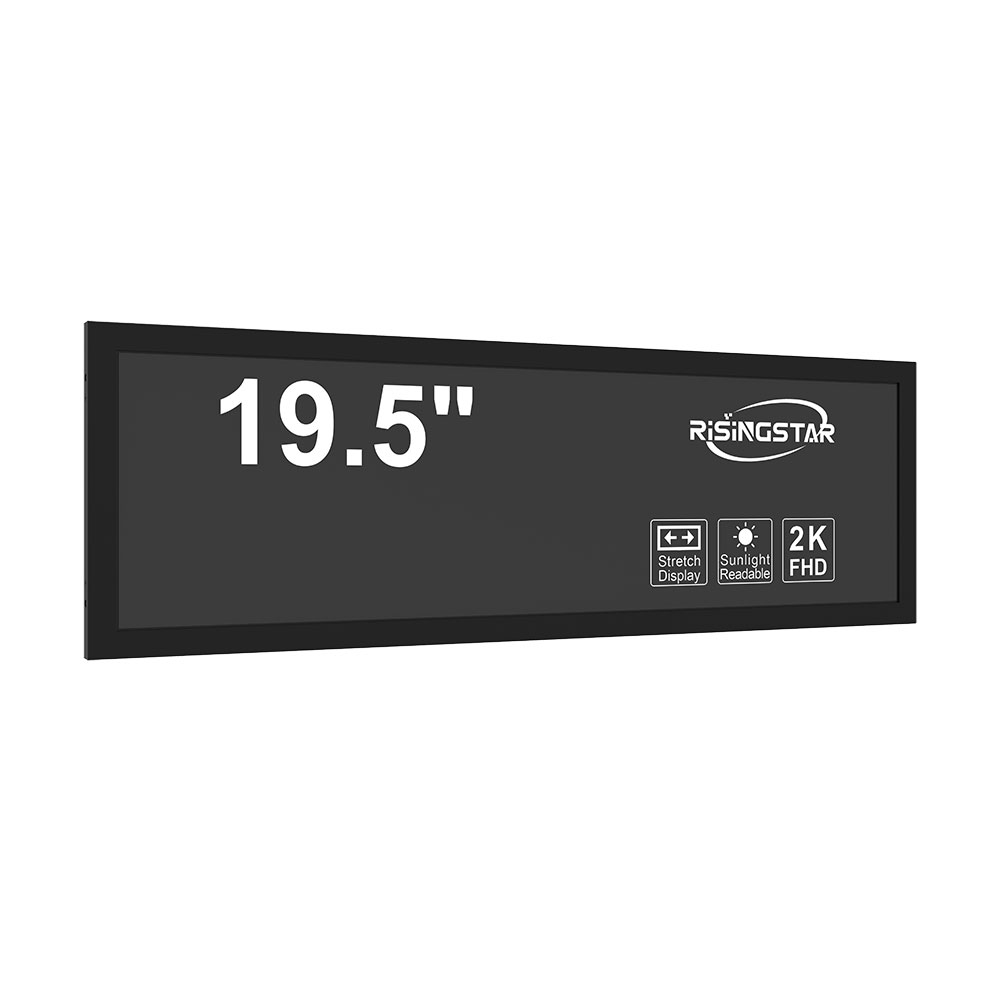- Home
- About Us
- Products
- News
- Video
- Contact
- Send Inquiry
Search
- Home
- About Us
- Products
- News
- Video
- Contact
- Send Inquiry

In today’s increasingly connected and mobile-driven world, the demand for high-brightness sunlight-readable LCD screens has surged across industries such as transportation, defense, industrial automation, healthcare, and outdoor kiosks. These displays are not merely visual tools—they are mission-critical components in environments where ambient light levels can exceed 100,000 lux, rendering standard LCDs useless. A high-brightness sunlight-readable LCD is engineered to maintain clarity, contrast, and usability under extreme lighting conditions, making it indispensable for real-world applications.
The introduction of these specialized displays began in military and aerospace sectors during the Cold War era, where visibility in direct sunlight was essential for operational safety. Over time, the technology matured and became more accessible to commercial markets. Today, manufacturers like Sharp, LG Display, and CMO (Chunghwa Picture Tubes) produce panels capable of 5,000 to 10,000 nits brightness—far exceeding the 250–400 nits typical of consumer-grade LCDs. This advancement is driven by innovations in backlighting (such as LED-based high-efficiency arrays), anti-glare coatings, and advanced polarizer materials that minimize reflections while maximizing luminance efficiency.
The main body of this discussion focuses on key technical specifications and application examples. First, brightness is measured in nits (candela per square meter), and for true sunlight readability, a minimum of 3,000 nits is recommended for direct sun exposure. Some leading models now exceed 10,000 nits using dual-layer LED backlights and dynamic brightness adjustment algorithms that optimize power consumption without sacrificing visibility. Second, contrast ratio matters—high-end units achieve 1000:1 or better even at full brightness, thanks to improved liquid crystal formulations and local dimming technologies. Third, environmental resilience is critical: many outdoor LCDs are rated IP65 or higher for dust and water resistance, and they operate reliably from -20°C to +70°C—a requirement for both arctic research stations and desert solar farms.

Case studies reinforce the value proposition. For instance, Siemens deployed 7,000-nit sunlight-readable LCDs in their smart grid control panels installed across the Australian Outback, where temperatures reach 45°C and solar irradiance exceeds 1,000 W/m². The result? Zero downtime due to display failure over five years of continuous operation. Similarly, Boeing uses similar screens in flight deck instruments aboard commercial aircraft, where pilots must read critical data in all lighting conditions—from dawn to midday glare. In another example, hospitals in tropical regions like Singapore use high-brightness LCDs in patient monitoring systems outside ICU areas, enabling staff to access vital signs quickly in outdoor emergency zones.

The conclusion emphasizes that while the initial cost of high-brightness sunlight-readable LCDs is higher than standard displays, their long-term value in reducing maintenance, increasing uptime, and enhancing user safety justifies the investment. As IoT, edge computing, and autonomous vehicles become mainstream, these displays will be embedded in everything from public transit signage to agricultural drones. To stay competitive, designers and engineers must prioritize brightness, durability, and energy efficiency when selecting displays for outdoor environments. The future of human-machine interaction depends on screens that perform—not just survive—in the harshest daylight conditions.